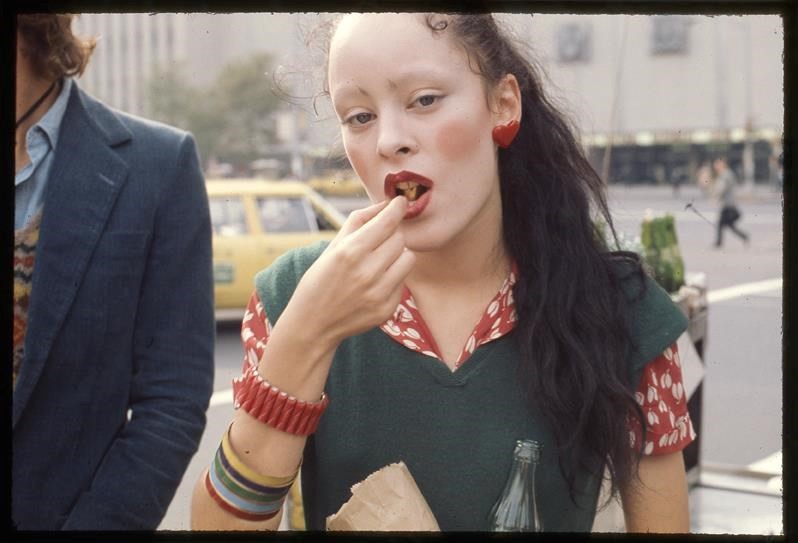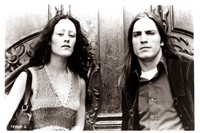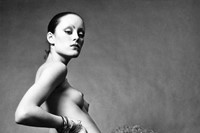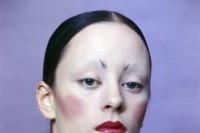We look back on the multifaceted career of the late Factory star who fashioned a brave new look, and life, all of her own
Beyond her notoriety as one of Andy Warhol’s teenage superstars, Jane Forth has held many titles throughout her life: from actress, to make-up artist and mother; to the receptionist at none other than Warhol’s Factory. Discovered at just 15 years old, Forth’s career took off in the late 1960s when she made her on-screen debut alongside Joe Dallesandro and Holly Woodlawn in Paul Morrissey’s gritty film, Trash, in which she acted sans script (and, in contrast to her fellow actors, memorably managed to keep her clothes on). In each subsequent role, her irreverent sense of style and rejection of trendiness in favour of engaging with decades past has ensured her enduring cultural mark. Although Forth was primarily active in the downtown New York City art scene from 1968 to 1971, she left behind a sartorial legacy that has inspired subsequent creatives; ranging from designer Anna Sui and make-up artist Kabuki, to celebrated artist Cindy Sherman and even Jared Leto’s Oscar-lauded portrayal of a trans woman in the film Dallas Buyer’s Club. Today, AnOther applauds this Renaissance woman who thrived at the intersection of the art, film, and make-up.
Defining Features
Long recognised for her imaginative approach to beauty, Forth considered her face a blank canvas onto which she could paint a fascinating assortment of distinctive identities. Her signature makeup look most often consisted of alabaster skin, barely-there (and slightly space-age) brows, rosy cheeks, and cherry red lips.
Forth’s preferred clothing, by contrast, conversed more directly with the prior decades whose glamorous leading ladies – including Hedy Lamarr, Bette Davis, and Vivien Leigh – made a significant impression on her as a young girl when she first watched their black-and-white films. Yet, far from carbon copying her idols, Forth preferred to play with visual references to earlier eras while always incorporating her independent eye into the styling. She often opted for Salvation Army-thrifted finds – think striking floral print dresses, intricately patterned head scarves, and rose-colored glasses – and was particularly drawn to clothes from the 20s and 30s that no one else wanted at the time. In her clear rejection of the cultural moment’s transient trends, in favor of turning to the past for endless inspiration, Forth stood out from her contemporaries.
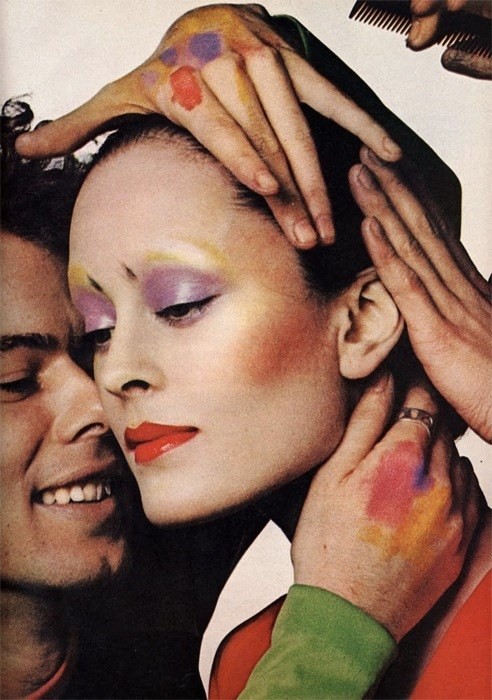
Her unique fashion sense drew the attention of top designers and editors alike and frequently landed her on the pages of such magazines as American Vogue and Harper’s Bazaar. Alongside fashion illustrator Antonio Lopez’s immortalisation of Forth on paper, when she posed for his New York Times-commissioned work, Diane Von Furstenberg also asked her to model her first line of infamous wrap dresses shown at the Pierre hotel. As Furstenberg recalls in her memoir, The Woman I Wanted to Be (2014), she was at a party in 1970 when she spotted “an amazing-looking girl”. The designer writes, “She was very, very pale with an unusual face that looked like a mixture of Greta Garbo and a moonchild. She’d plucked off the ends of each of her eyebrows, which gave her a startled, almost comic expression – some said she looked like an exotic bug.”
Whether ‘exotic bug’ or natural visionary, New York’s creative set followed her every move. Forth viewed each new offer to dip her toe in the fashion world as an opportunity to further develop an image all her own, regardless of whether or not it matched up with other people’s ideas of her. Today, it’s evident just how many people in and beyond her immediate circle were enamored with her handcrafted image. As she told the magazine Untitled in 2014, “Just to be an inspiration, I think, is quite an achievement in life.”
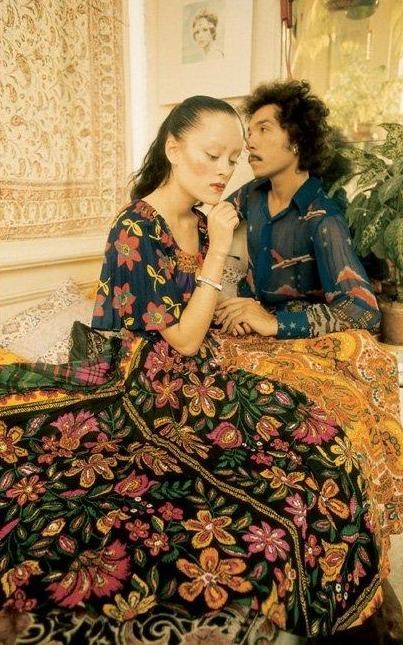
Seminal Moments
Before Life Magazine named hers the ‘Now New Face’ in July 1970, thereby cementing her it-girl status, Jane Forth received a call from Warhol that would upend her otherwise ordinary life forever. She and Warhol had first encountered each other in his Madison Avenue brownstone when Forth was just 15 and, coincidentally, dating Warhol’s boyfriend Jed Johnson’s twin brother, Jay. Taken by the Michigan-raised teen’s magnetic presence and intuitive sense of style, Warhol called Forth a year later while she was working in an Upper East Side antique shop after deciding to leave school, and invited her to accept a starring role in his upcoming film, Trash. As she candidly admitted in interviews in the years following the film’s release, she mostly took the job “to earn money to buy Christmas gifts that year”. Little did she know where that ‘yes’ would lead. The film firmly launched Forth as a glamorous fixture in Warhol’s downtown bohemia for the next few years: she worked as a Factory receptionist alongside Dallesandro, accompanied Warhol on his whirlwind jaunts to the West Coast and Europe, and later played an American hippie in Paris in Warhol and Morrissey’s 1973 film, L’Amour.
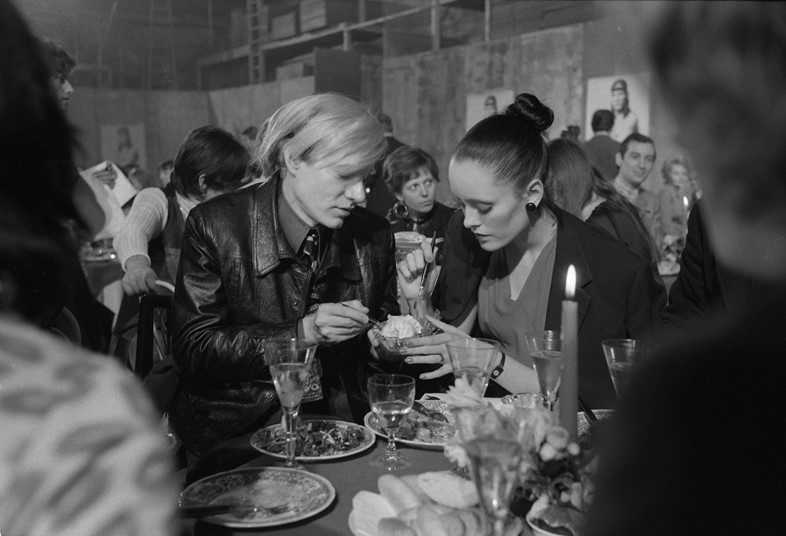
And then, with little warning, Forth stepped away from the spotlight after learning she was pregnant. While raising her first son during his infancy as a single mother, she eventually met her husband Oliver Wood, to whom she stayed married for 22 years and raised two daughters with. Despite her decision to focus on her personal life and embrace motherhood following her Factory-centric years, however, Forth continued to let her creativity and curiosity lead the way. Her self-taught penchant for experimenting with make-up eventually led to a more serious pursuit of the craft, and, after enrolling in night classes, she spent a number of years working behind-the-scenes as a make-up artist and special effects guru in the film world. She looks back fondly on her years spent in Warhol’s inner circle, and credits that time with instilling in her an unabashed appreciation for and awareness of beauty – both inner and outer, her own and other’s. As Forth, now a mother of grown children, who calls Hudson, New York home, told NY Art Beat in 2012, “Make-up stimulates the imagination, imagination is the catalyst for creativity, and creativity is the source of inspiration […].”
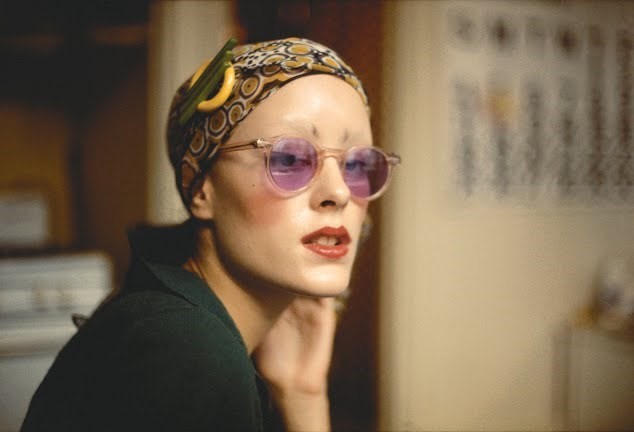
She’s AnOther Woman Because…
Thanks to her sheer pluck and strong sense of self, Forth’s career took a number of unexpected twists and turns – but it always led her back to herself. Even after spending her youth basking in Warhol’s glow and allowing his highly sought-after approval to open a few doors, she carved out her own path as an adult and navigated the fine balance of her personal, professional and creative lives with consummate grace. Forth’s evocative interplay between past and present, her commitment to the idea that real beauty is more than skin-deep, and her willingness to think for herself at a moment of significant cultural upheaval – particularly for young women – make her an enduring example for AnOther women everywhere.
